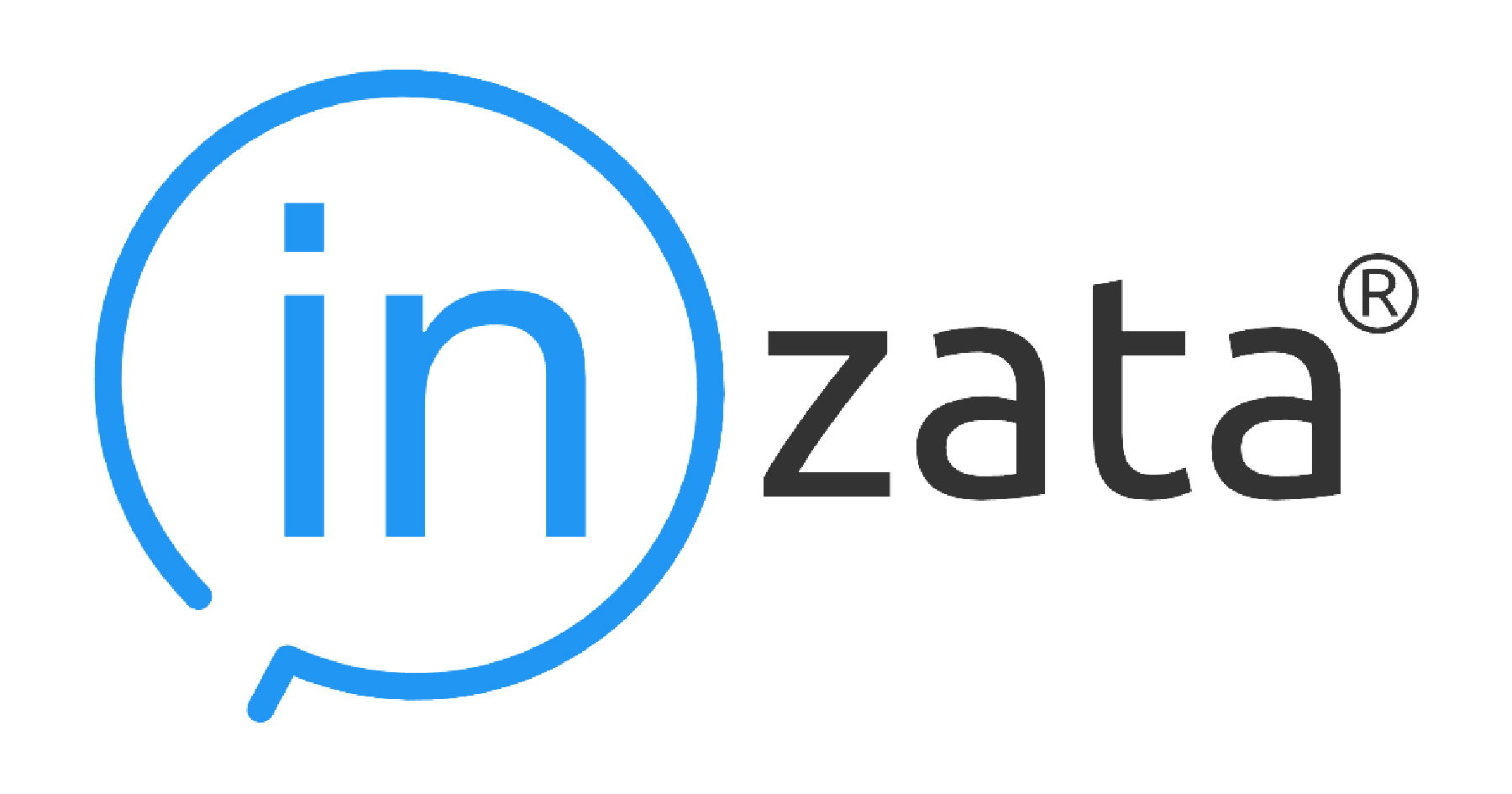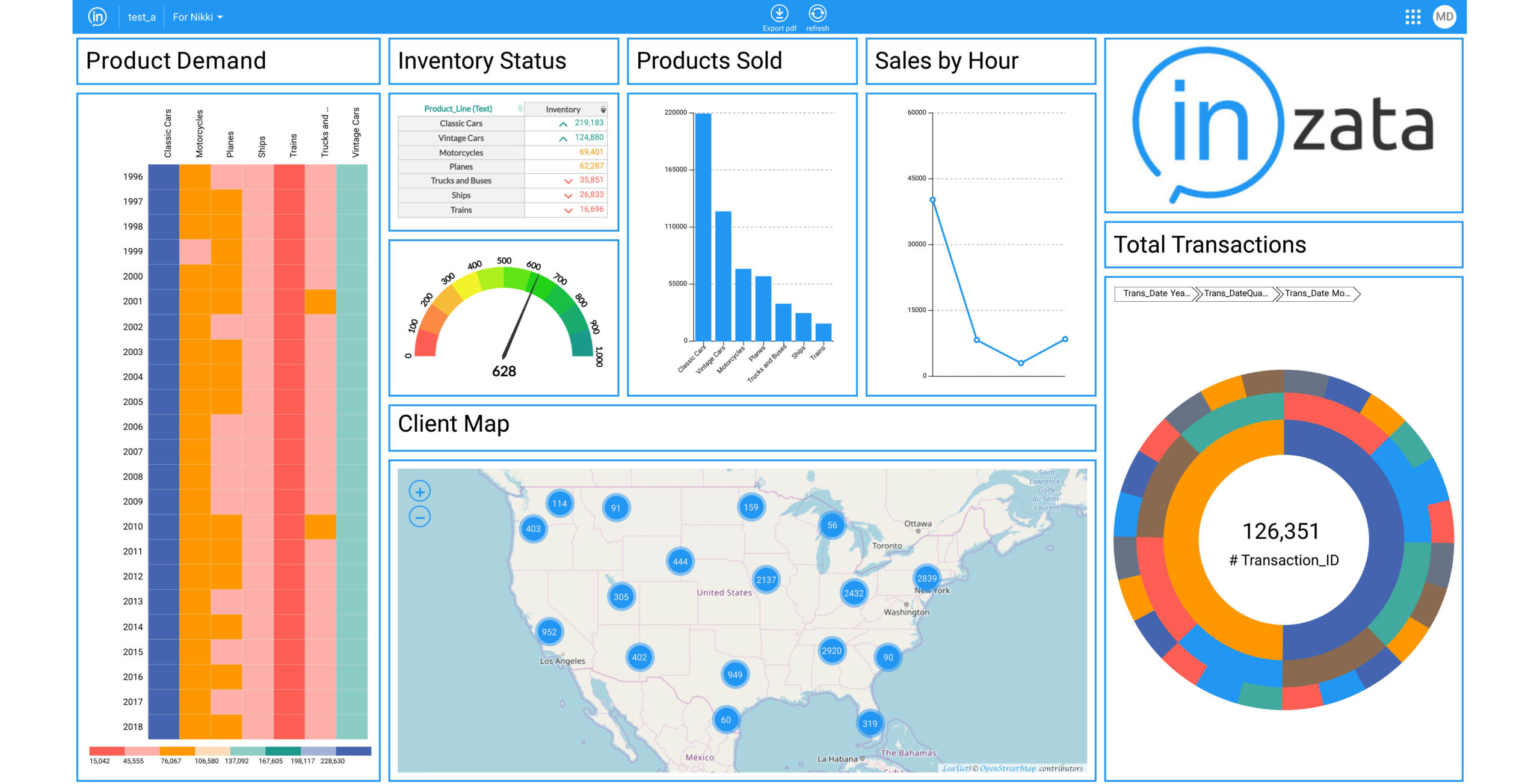Data, what is it good for? Absolutely nothing if 90% of the data being collected by companies goes unanalyzed. But companies wouldn’t be collecting all of this data in the first place if they didn’t realize the tremendous benefit it could offer. And Inzata, founded in 2016, wants to help unlock its potential—for everyone in an organization. Inzata’s software takes the complexity out of data analytics and makes it possible for anyone to build data warehouses in less than one day, add data enrichments with a single click, apply actionable real-time analytics, and turn raw data into engaging visuals. PM360 spoke with the company’s COO Christopher Rafter about this goal to democratize data, the benefits it unlocks for life sciences companies as well as marketers, and how companies can also monetize their data.

PM360: With many data analytics companies already out there, why start Inzata?
Christopher Rafter: We saw a major gap in the marketplace with a ton of people who want to work with data, but an incredible shortage of trained, talented analytics programmers and data scientists, which results in about 90% of the data collected by companies across all industries going unanalyzed. Our mission is to democratize the process of working with data for all in the organization. So we used AI to remove the complexity of having to write SQL and ETL code, organize data into data warehouses, and things like that in order to get to the end result—quality dashboard reports, analytics, and predictive analytics. Inzata essentially automatically profiles and organizes your raw data into an enterprise model.
 How does your platform either integrate into or provide an added benefit to other systems or platforms a company may already be using?
How does your platform either integrate into or provide an added benefit to other systems or platforms a company may already be using?
One thing that’s unique about Inzata is nearly every other platform is designed to be sort of a separate environment for data analytics. You have to log into an environment like Vertica or MicroStrategy and read reports and dashboards, and then take what you learn and go into another system to actually take action. But with Inzata we have a layer called In Flow, which is designed to create real-time data flows. For example, you can build your data warehouse, create predictive analytics for delivering things such as the next best action, and then send those steps out to the different systems and embed them as tasks or workflows so you actually have intelligence that spurs action.
Can Inzata handle the unstructured data that is so prevalent in healthcare?
Yes, that’s exactly the complexity Inzata removes. Our AI can plow through multiple datasets and will automatically organize and identify common fields and elements, and then link the datasets together into a unified data model. For example, if you had a bunch of EMR data, claims data, provider data, and clinical trials data, Inzata would find all the common links between those files (patient, provider, drug name, addresses, email addresses, etc.) in order to help you make sense of that data and weave it into a cohesive story.
Can you share any examples of how companies have then used what they learned to improve patient care?
For example, on the population health management side, we’re able to put an entire population of claims data in one place in a standard structure regardless of where the source data is coming from so you can analyze across populations. You don’t have to analyze it in silos based on payer by payer. The second major benefit is our drill anywhere capability, which is the ability for physicians and providers to be able to securely explore the data, and be able to drill up, down, or across to see all the different elements of those claims in one place. And then the third benefit is in the predictive model and being able to look across the entire population over a period of years and use machine learning and AI models that predict various things such as the cost of diabetes treatment. But there are hundreds of use cases out there.
What about potential use cases for marketers?
One of the major things people use us for is to identify characteristics of their ideal customers. And we offer a number of data enrichments, which are pre-built datasets that you can add on to your data such as demographic data enrichments where we can overlay things like income and socioeconomic characteristics onto patient or consumer data. That then allows users to identify the common characteristics across those populations, and they can build lookalike audiences and identify other pockets where there might be a strong addressable market for whatever product they’re selling. Another thing we’re able to do is connect directly in real time to all of the different online advertising platforms like Facebook, Google, and LinkedIn. We can pull all that information together and present a single view of things like digital marketing spend, digital marketing attribution, and effectiveness across the multiple platforms.

Beyond analyzing data, the monetization of data is becoming more popular. Is that something healthcare companies would be able to do with their data?
Sure, look at what Google is doing right now by purchasing patient information in anonymized form from healthcare companies and paying millions of dollars for it. When we say data monetization, people always immediately think we’re talking about selling personal information. But the vast majority of data monetization has nothing to do with selling identities. It has to do with selling insights, information, and trends—in fact, that’s the more valuable type of data monetization. So when we work with a new customer who is considering monetization, we help them define markets based around what the answers are in their industry that people are not able to get through traditional channels. That’s where the real data monetization opportunity arises from.









